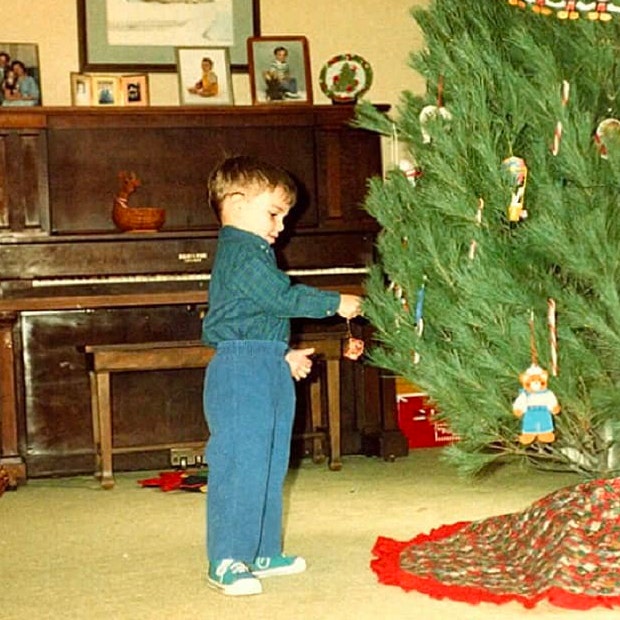There Was A Secret In My Strange Walk
People tend to ignore non-behavioral signs of autism — including me.
 Anna Selina / Shutterstock
Anna Selina / Shutterstock It wasn’t the usual symptoms that made me start wondering about Autism Spectrum Disorder (ASD), the ones that people typically associate with autism. Not a lack of eye contact. Not an inappropriate affect or coldness. Not a single fixed obsession.
I remember hearing a joke in the early 2000s: Asperger’s is a syndrome contracted by reading its Wikipedia page. Some of the behavioral symptoms are just too subjective, too easy to self-apply. If that was all this was, I would still be shaking my head.
But people can forget that autism, as a neurological condition, has a range of symptoms beyond unusual behavior. Motor coordination, for one — people with autism don’t walk quite right. This can manifest in a few different ways: Perhaps a child starts walking late, is especially clumsy, or has an unusual gait or posture.
That last one had a little extra purchase for me. You see, in my reading, I kept coming across a term I’d never seen in any other context: Toe walking. The name says it all, I think, but for those in need of an explanation, it is a gait that favors the front of the foot — walking on tiptoes forever, basically. It is common in toddlers, but most children grow out of it unless they have some condition that keeps them from walking heel-to-toe.
Autism happens to be one of those conditions. Toe walking is extremely common in children on the spectrum, to the point where it can be an early warning sign.
That’s a pretty specific symptom right there. Experts are quick to point out that toe walking is within the normal range of human physical expression, that there are idiopathic cases not connected to any known disorder. Nevertheless, most evaluations for autism are going to ask the caretakers some variation on the question: Did your child favor walking on the front of his foot?
And my answer to this, when evaluating myself, is “…I still do this.”
It’s something that I don’t even really notice anymore, although I did back then.
As a child, I was actually pretty amused by my curious walk — I moved like a great cat, like a stalking tiger, and it seemed more like a talent or a gift than a problem. It certainly didn’t hold me back in any meaningful way, and I never did it while wearing shoes so it’s not as though people outside of the house noticed this.

Photo: Author
This came up again a few months ago, as I was gearing up to relocate for work. I had a few people over for farewells, wine, and cookies. One of them asked me quite frankly: “Why do you walk like that?”
And once I figured out what she was talking about, I could only answer one way: “I just do.” I’ve said that a lot in my life.
How long have I been doing this? Continuously? It’s just natural for me, not something I do consciously — but that’s the point. These quirks associated with this condition are inbuilt, they’re normal to me.
The phrase “toe walking” was a bit of a revelation for me. I know that I’m strange, and I’ve certainly had people suggest that I was autistic, but it was always nonsense.
Reading a lot of nonfiction or fidgeting with objects on my desk can’t be signs of a disorder by themselves. But take all of those things and add in the motor control abnormalities — and this is not the only one — and the signs become harder to deny.
All of this gives me a brand new narrative for my childhood, and indeed my entire life. And that makes me wonder how far I should pursue this. Sometimes, a little information can be worth a lot — especially when it’s about yourself.
Andrew Johnston is a teacher, writer, and documentarian based out of China's Zhejiang province. He has published short fiction in 30 markets and anthologies including Daily Science Fiction, Nature: Futures, and the Laughing at Shadows Anthology. You can find more free, Creative Commons works available on his website.

